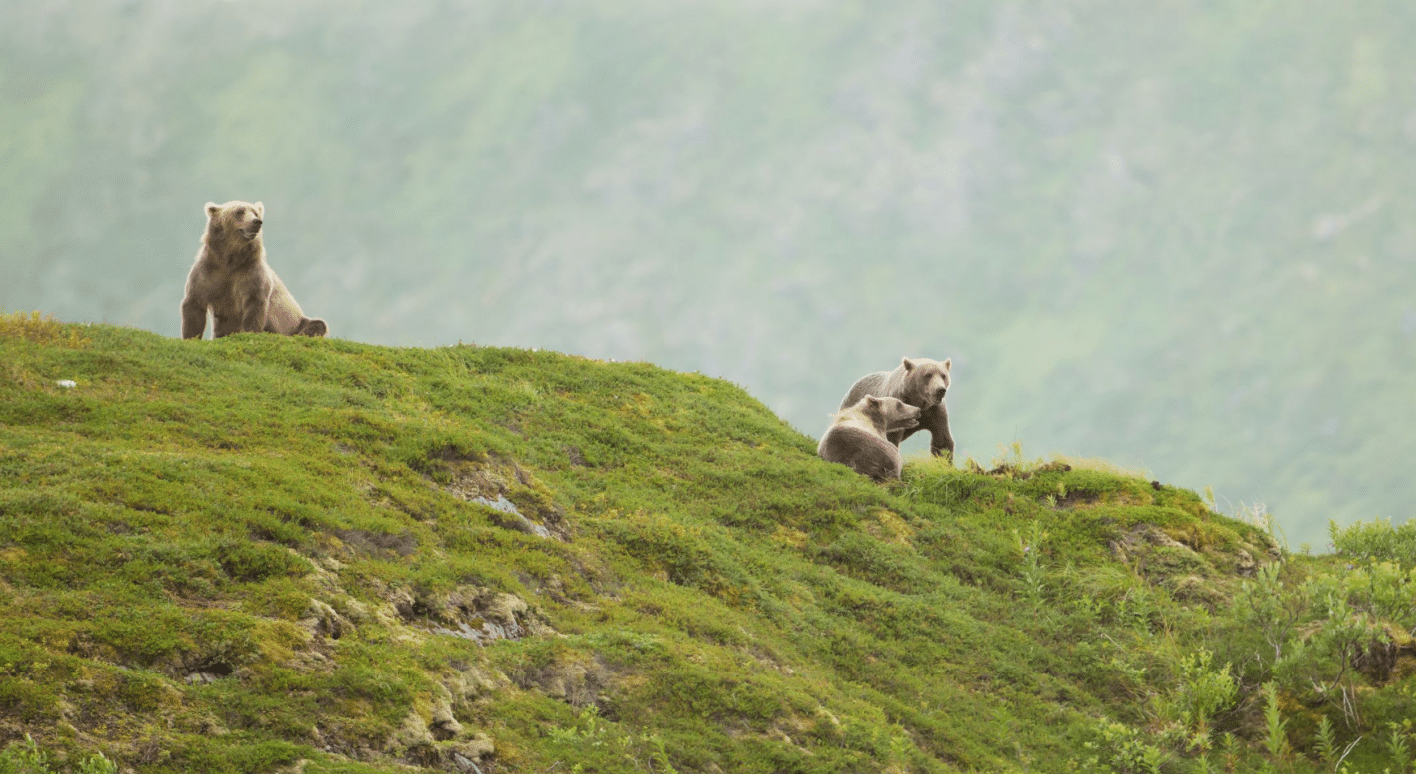Don’t Join the Ranks of Bear Attack Statistics
If you’re new to exploring bear country and are planning an adventure, it wouldn’t be odd to start wondering about bear attack statistics. In fact, it would be pretty darn smart to do some research!
But a quick google search is going to spit out a bunch of numbers… and not much else. And, chances are, if you’re searching because you’re looking to explore bear country, you’re searching in hopes of finding common themes. You want to learn from others’ mistakes how to not become a statistic yourself.

We’ve got your back.
In this blog, you won’t just find numbers. You’ll learn how bear attack statistics, divided by species and taking specific circumstances into consideration, can yield valuable information on how to explore bear country safely.
But hey, if you’re looking for some cold hard numbers, keep reading. You’ll find links to our research you can follow to your heart’s content!
Fatal Bear Attack Statistics
Let’s get deadly bear encounters out of the way first. When a bear kills someone it makes for sensational news stories and lots of social clicks! That’s probably why it so often surprises people to hear that there have only been 180 fatal human/bear conflicts in North America since 1784. I mean, let’s be honest… our own species is a lot more likely to kill someone than bears.
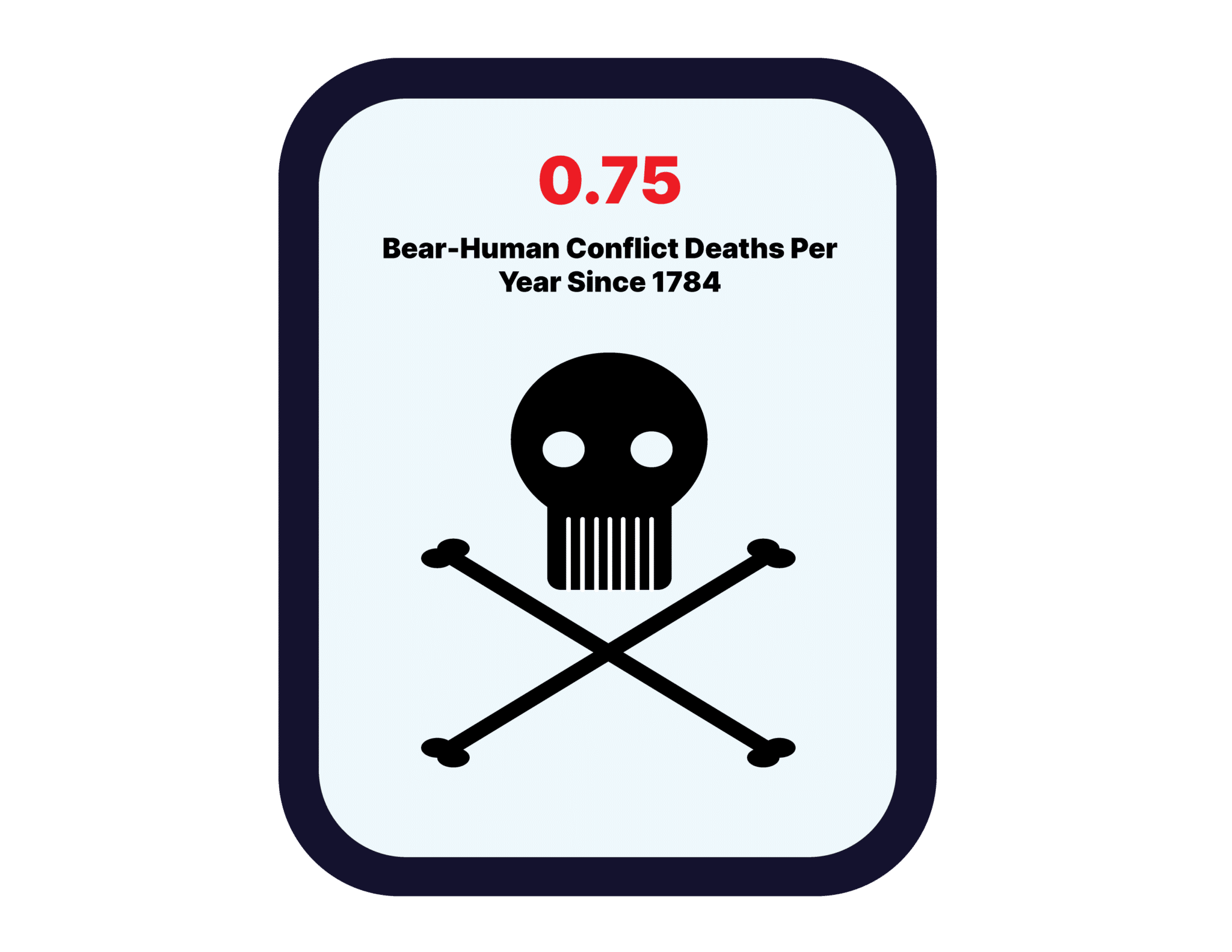
And keep in mind that that number includes fatalities involving bears in captivity, so the number is even lower for backcountry incidents.
But the fear of death aside, any kind of physical contact with a large predator isn’t really what you have in mind for your coming adventure. Conflicts of the less-serious kind have been well-studied in recent years and there’s a lot of information to help make sure you stay safe.
Black Bear Attack Statistics
Black bear territory covers a larger area than any other species of bear. It’s estimated that there are around 900,000 black bears in North America. Their territory spans across at least 40 states, only missing out in the plains areas towards the south and west. As you might expect, this means that you’re far more likely to have a run in with one of them than a brown or polar bear.
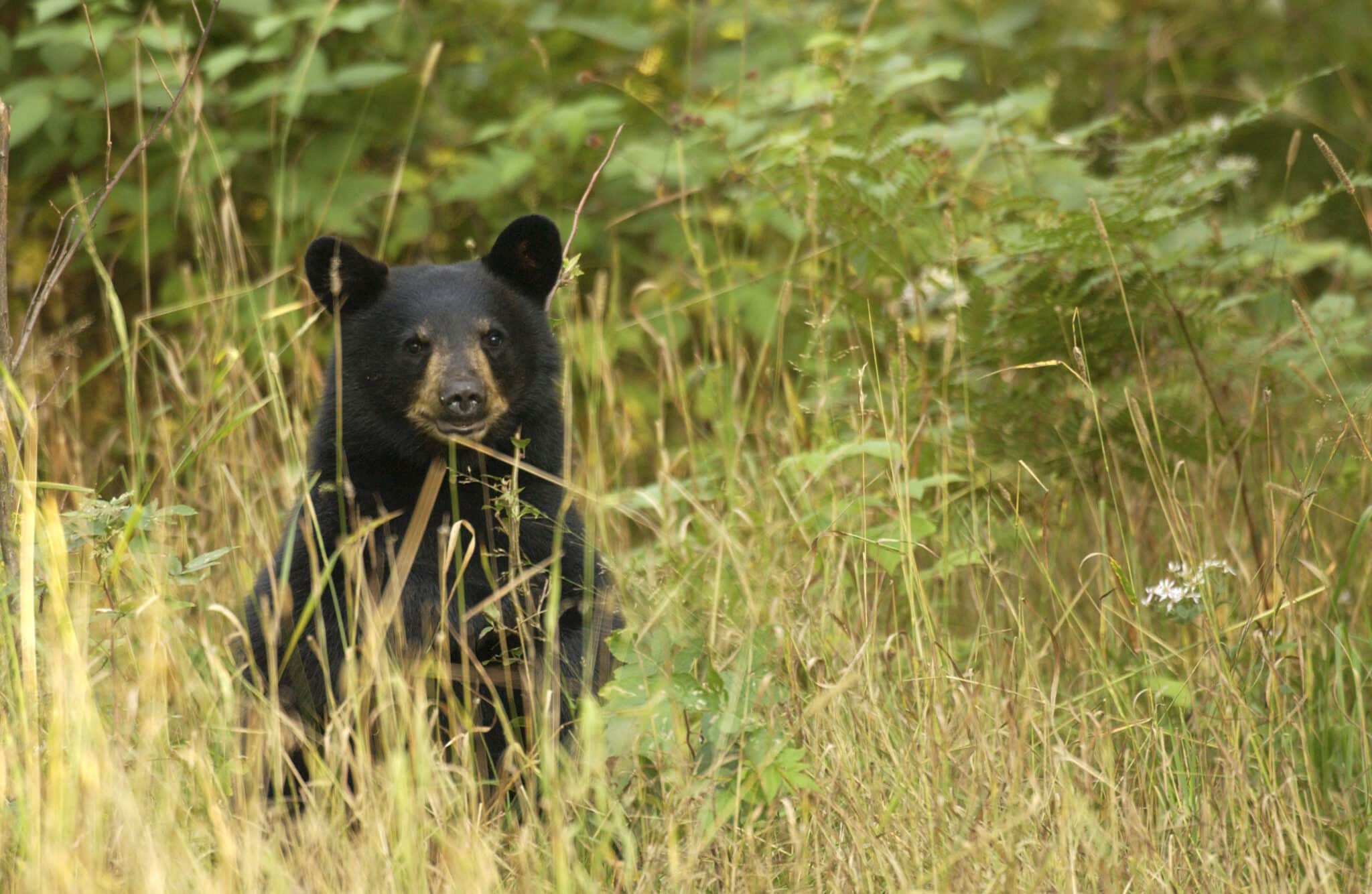
Does that equate to a greater chance of having a dangerous encounter with one of them?
Not necessarily! Since 1784 there have 66 fatal human/bear conflicts by wild black bears. Less than a dozen non-fatal conflicts happen each year, and the vast majority of encounters end with zero bodily contact.
Why? Because black bears are far more likely to run away from you than engage. If you do happen to see one you can usually just enjoy the view as it leaves the area.
Here are some quick stats from a study done on non-fatal black bear conflicts between 2000-2017:

So the majority of these conflicts were defensive in nature. That usually means a human happened upon the bear suddenly but can also include things like a dog barking and making them feel threatened. Simply making yourself seen and heard and keeping your dog in check is a wildly successful strategy to avoid any encounters at all.
The rest of those attacks revolve around a drive for food. Whether it was foraging in campsites or following a hiker to swipe their stash, that 48% had food on their minds. It’s highly likely that they’d been conditioned to associate human presence with easy calories.
Brown Bear Attack Statistics
Stay in the lower regions of the continental US and you won’t have to even think about meeting a brown (or grizzly) bear. Their territory doesn’t creep any further south than parts of Wyoming, Montana, and Idaho.
Areas of densest population are in western Canada and Alaska. It’s estimated that there are around 45,000 grizzlies in North America, and only about 1,000 of them are believed to be in the lower 48.
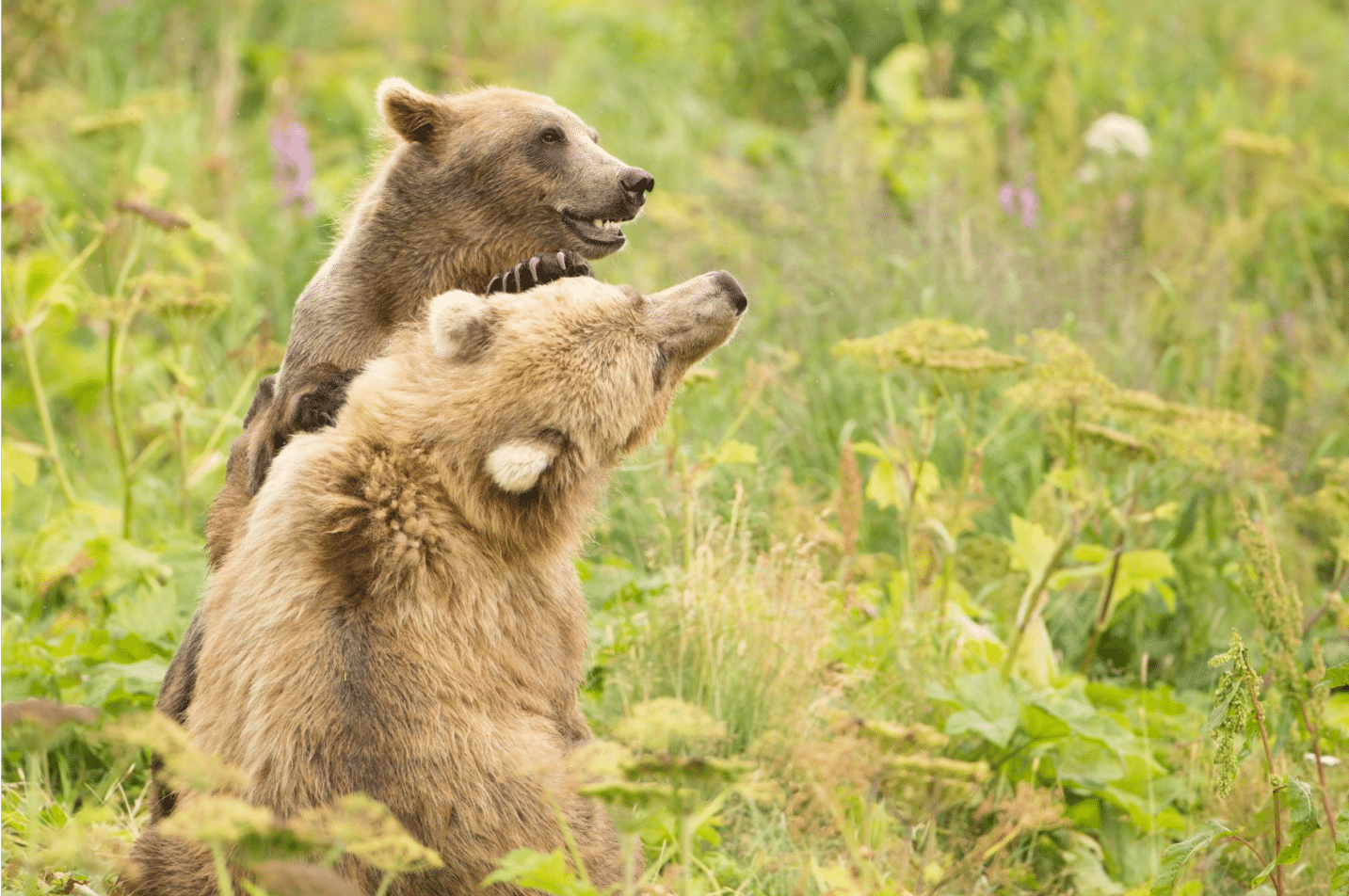
Your chances of running into a brown bear is very low and most outdoorists won’t ever get to see one in its natural environment. If you do, your chances of it leading to a conflict are lessened by following bear safety protocol.
Since 1784 there have been 82 fatal human/bear conflicts by wild brown bears in North America. Yellowstone National Park has seen a mere 8 since being established in 1872, which is only one more than the number of people who have died from a falling tree. The most recent of these happened in 2015.
Brown bears are larger and stronger than black bears, so there’s an understandable difference in the outcomes of their conflicts.
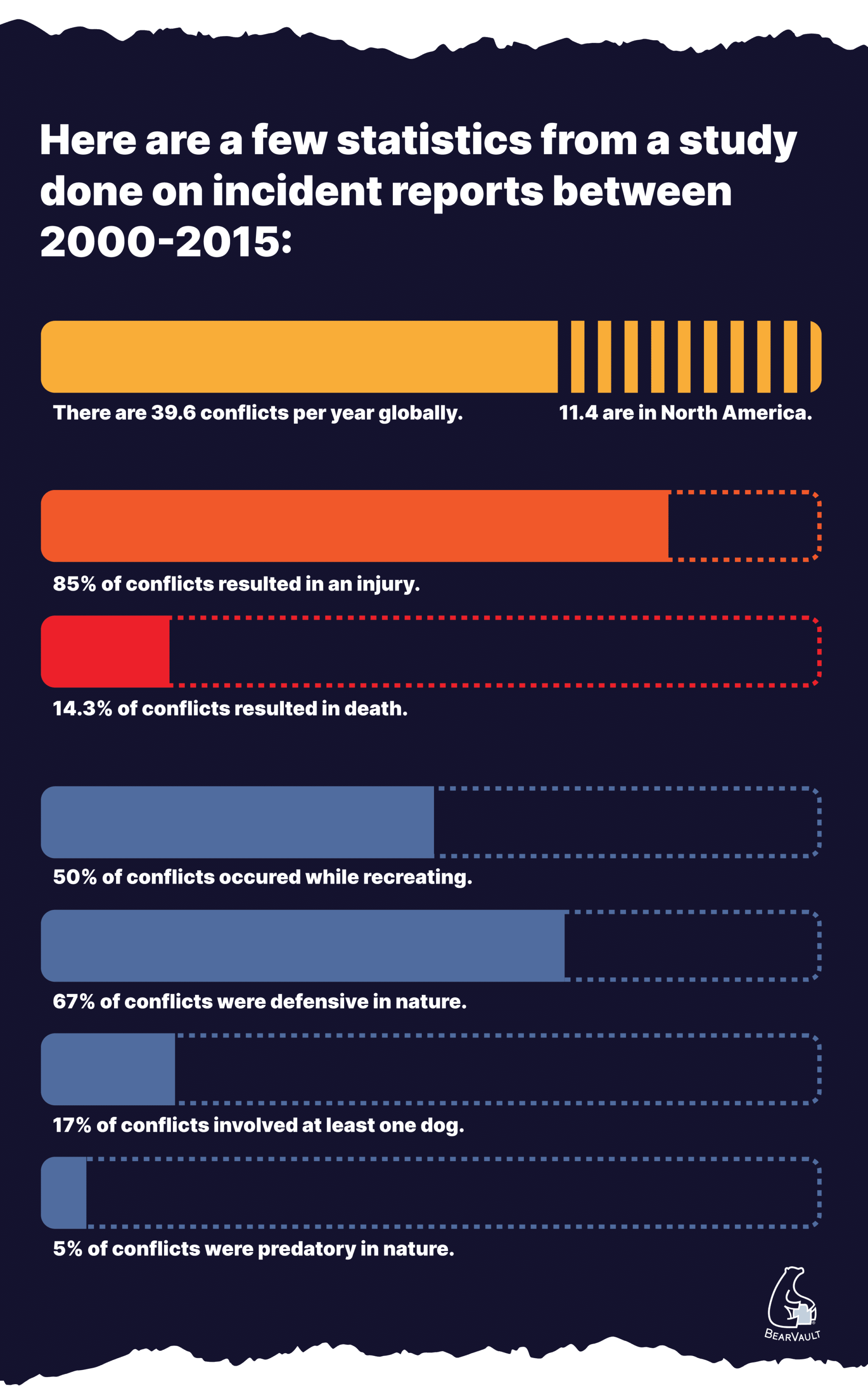
Again we see the trend that startled and threatened bears are the most likely to engage with humans. And, again, we can read stories of predatory behavior and often find the common thread of food being a key motivator.
Brown Bear Searches for Food in Camper’s Tent
One story that swept the nation in recent years involved predatory behavior from a grizzly that exhibited signs of food conditioning. The victim had fallen asleep in their tent, their food stashed in bicycle saddle bags about 10 feet away.
With its sensitive nose, the passing grizzly detected this opportunity with ease and went investigating. It woke the startled camper who exited the tent to drive the bear away. But when she went back to sleep the bear returned, killing her before other campers could intervene.
In this case, the victim was likely dealing with a food conditioned bear turned predatory. It’s impossible to know what triggered it to switch from foraging mode to hunting mode… a sleeping whimper or shuffling around in the tent could’ve been all it took.
But the simple fact that it made the switch during a search for an easy meal makes proper food storage seem that much more important.
Avoid Becoming a Bear Attack Statistic
In a scientific study done over more than 700 large carnivore conflicts in North America and Europe from the years 1955 to present, there was one not-so-surprising statistic worth noting.
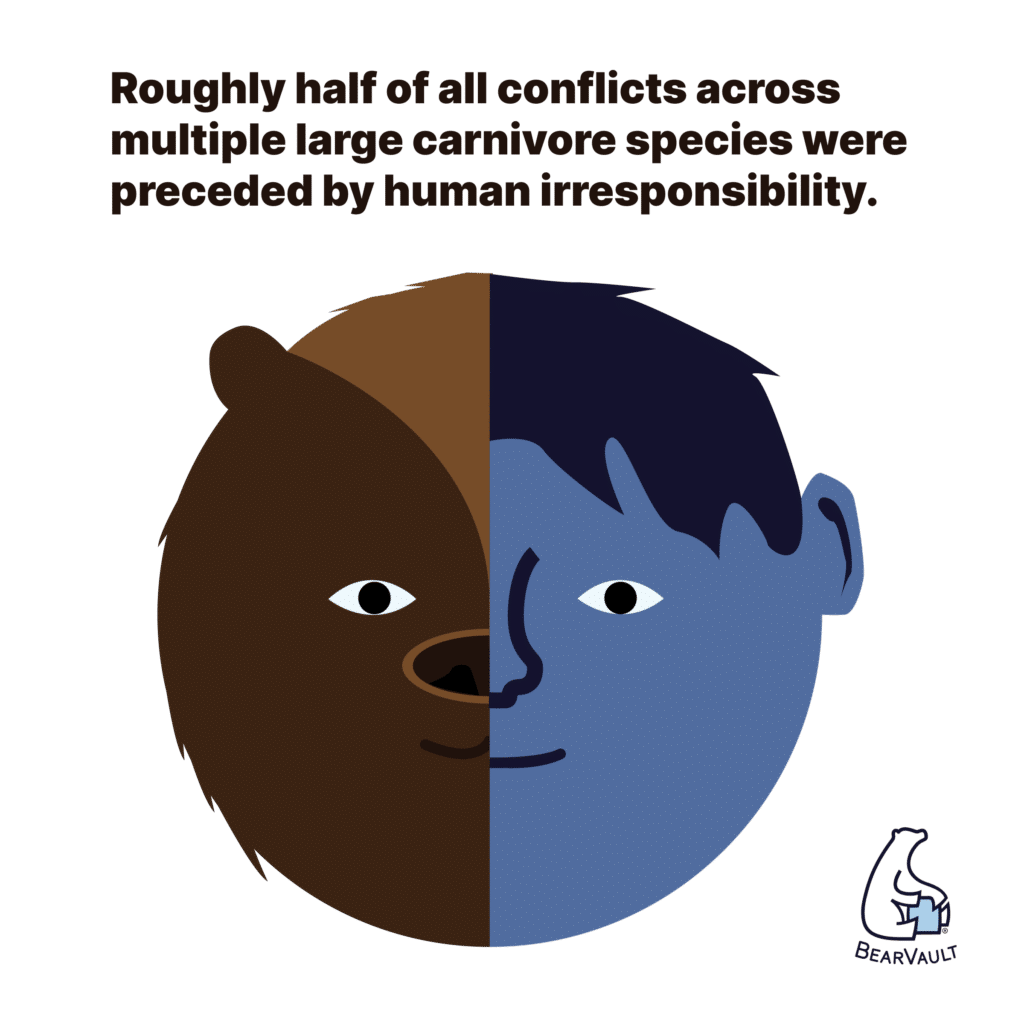
- Humans left children unattended in areas known to be inhabited by large carnivores
- Humans let their dogs run loose instead of keeping them leashed
- Humans followed predators after wounding them
- Humans recreated during hours of highest predator activity
- Humans approached females with young
Bear Attack Statistics Can Continue to Trend Downward With Management & Responsibility
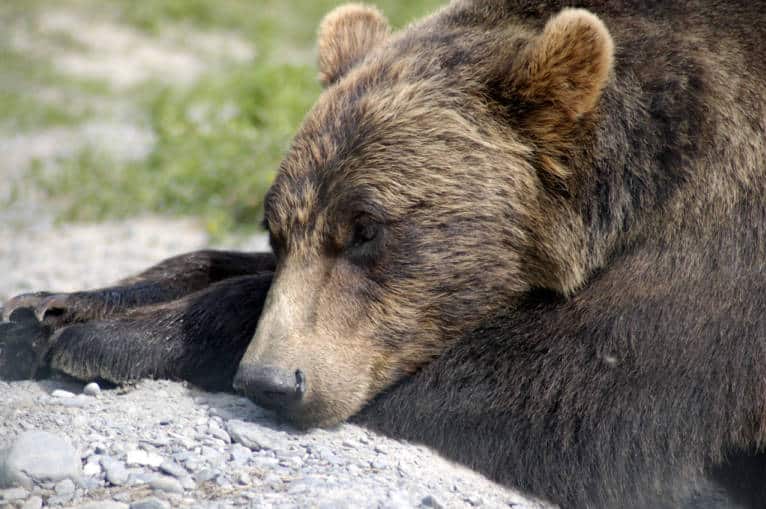
- Practice proper food storage at home and in the wild
- Keep children under close supervision when enjoying nature and teach them to be aware of their surroundings
- Leash dogs to avoid inviting a defensive reaction from an anxious bear
- Always carry bear spray so encounters don’t become conflicts

Author Profile

Jessica Cockroft
Jess merges her passion for words and an insatiable longing for adventure as an outdoor freelance content writer and marketer. When she’s not busy stringing words together you’ll probably find her planning another camping trip for her crew of kids or taking care of the homestead. You can find her on LinkedIn and Instagram, as well as on her own website.

